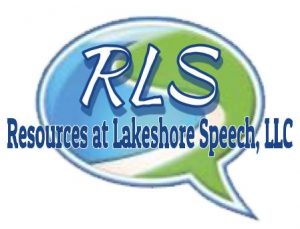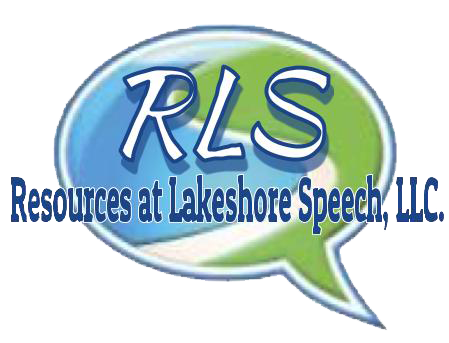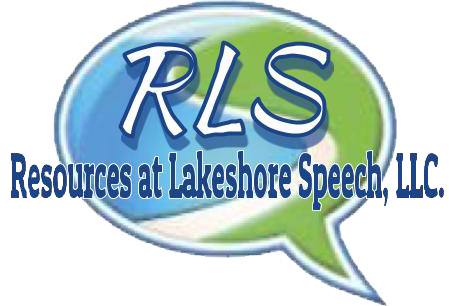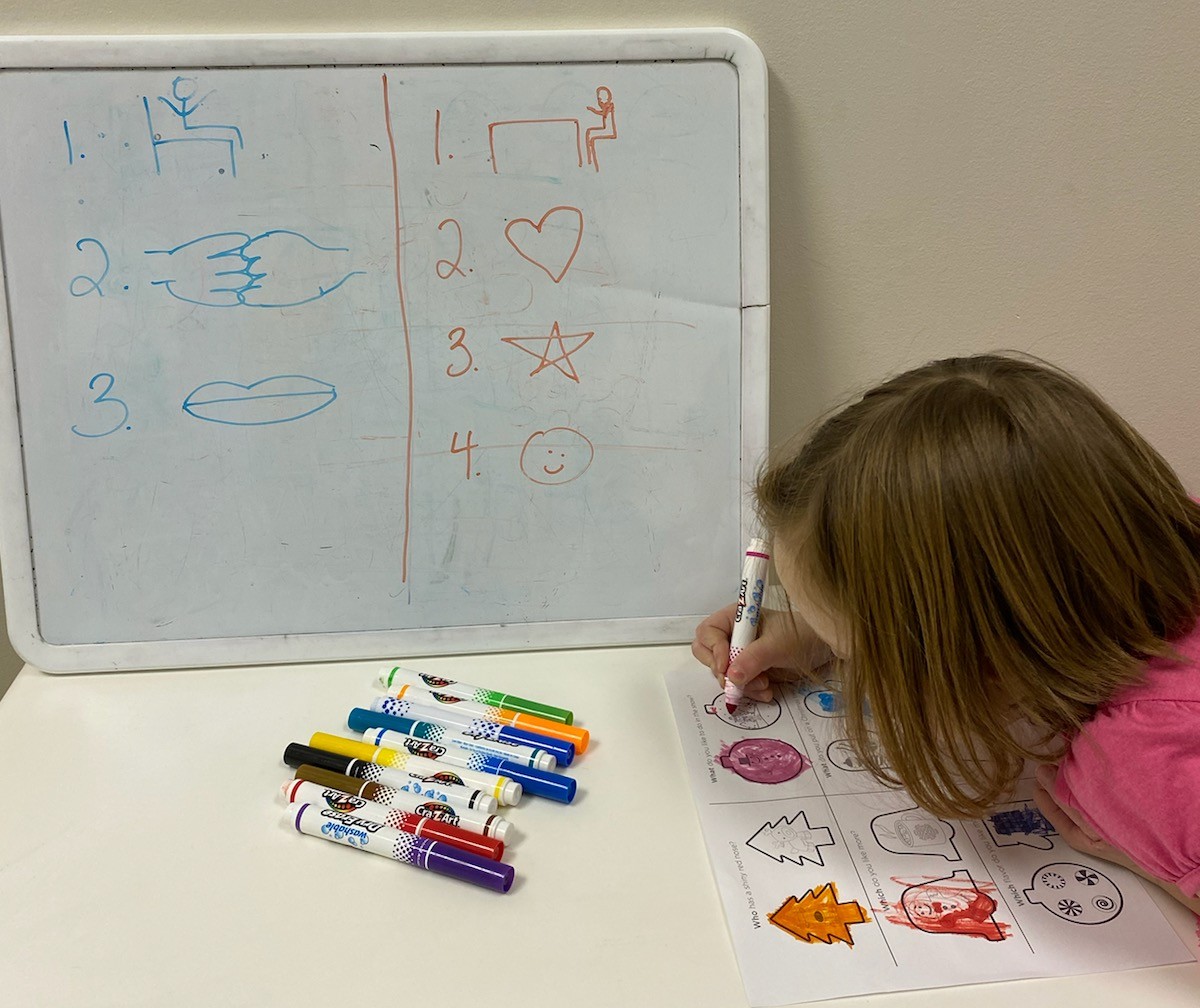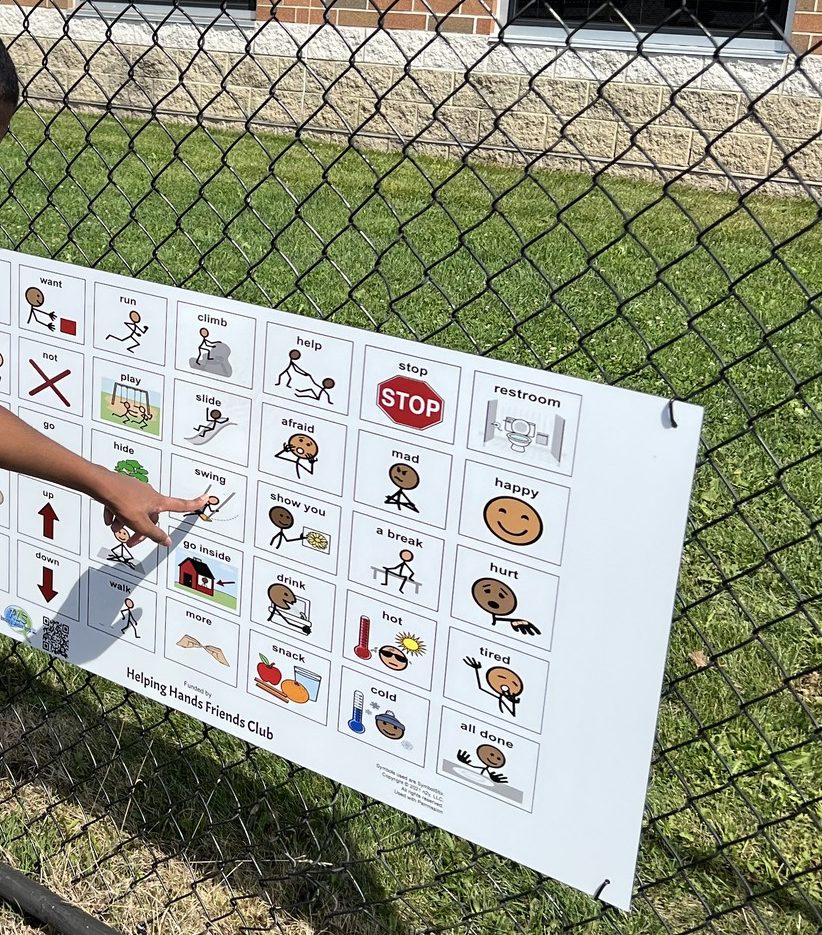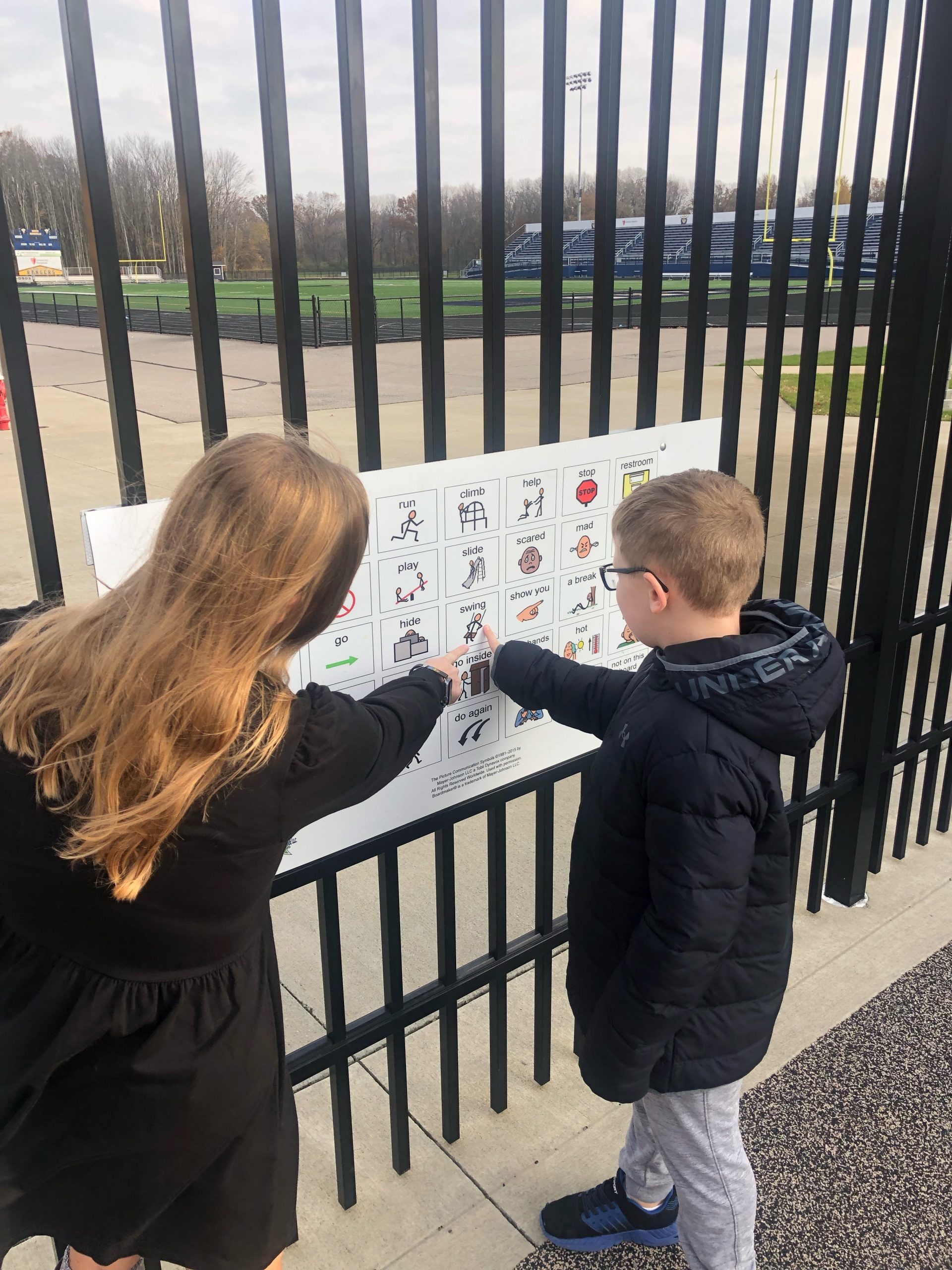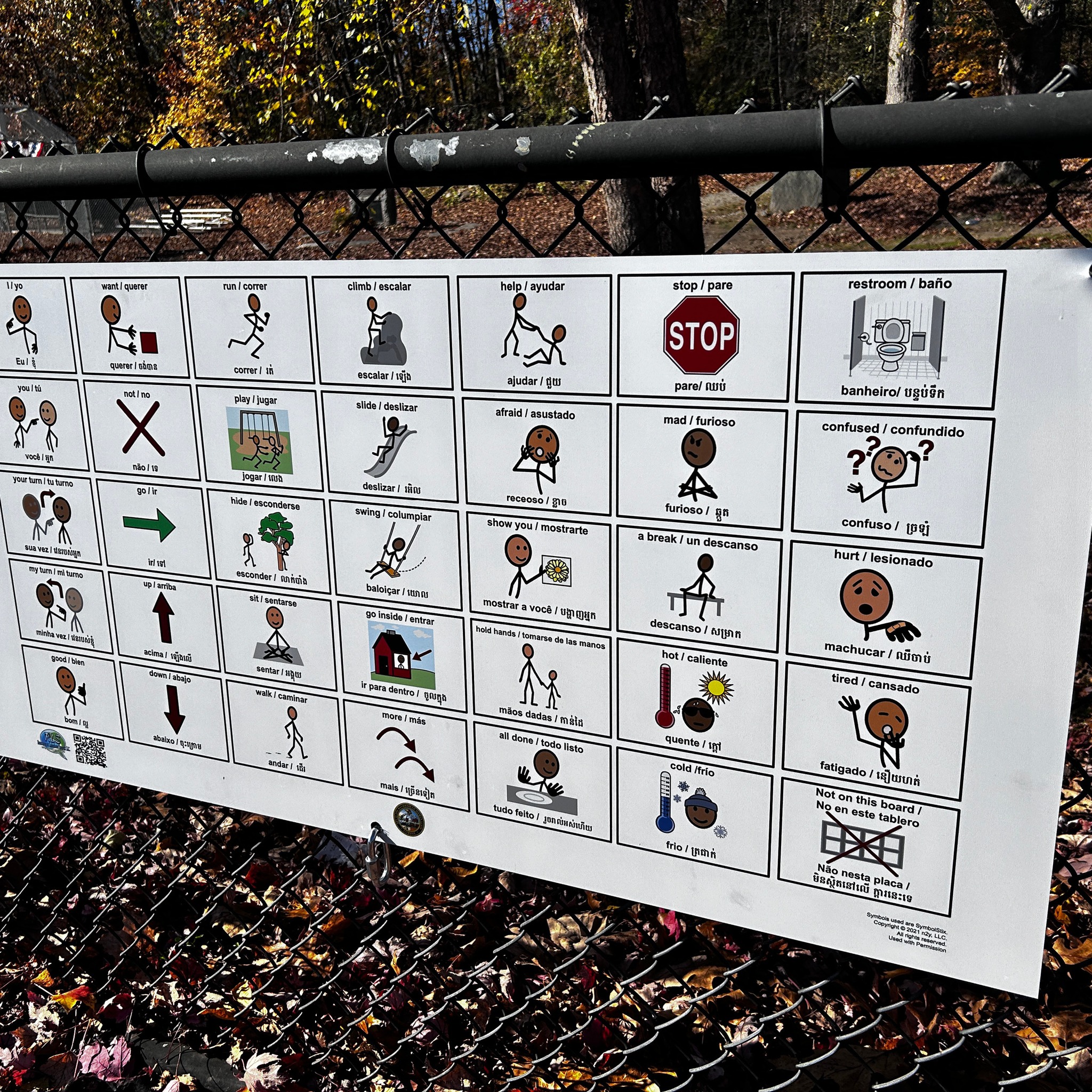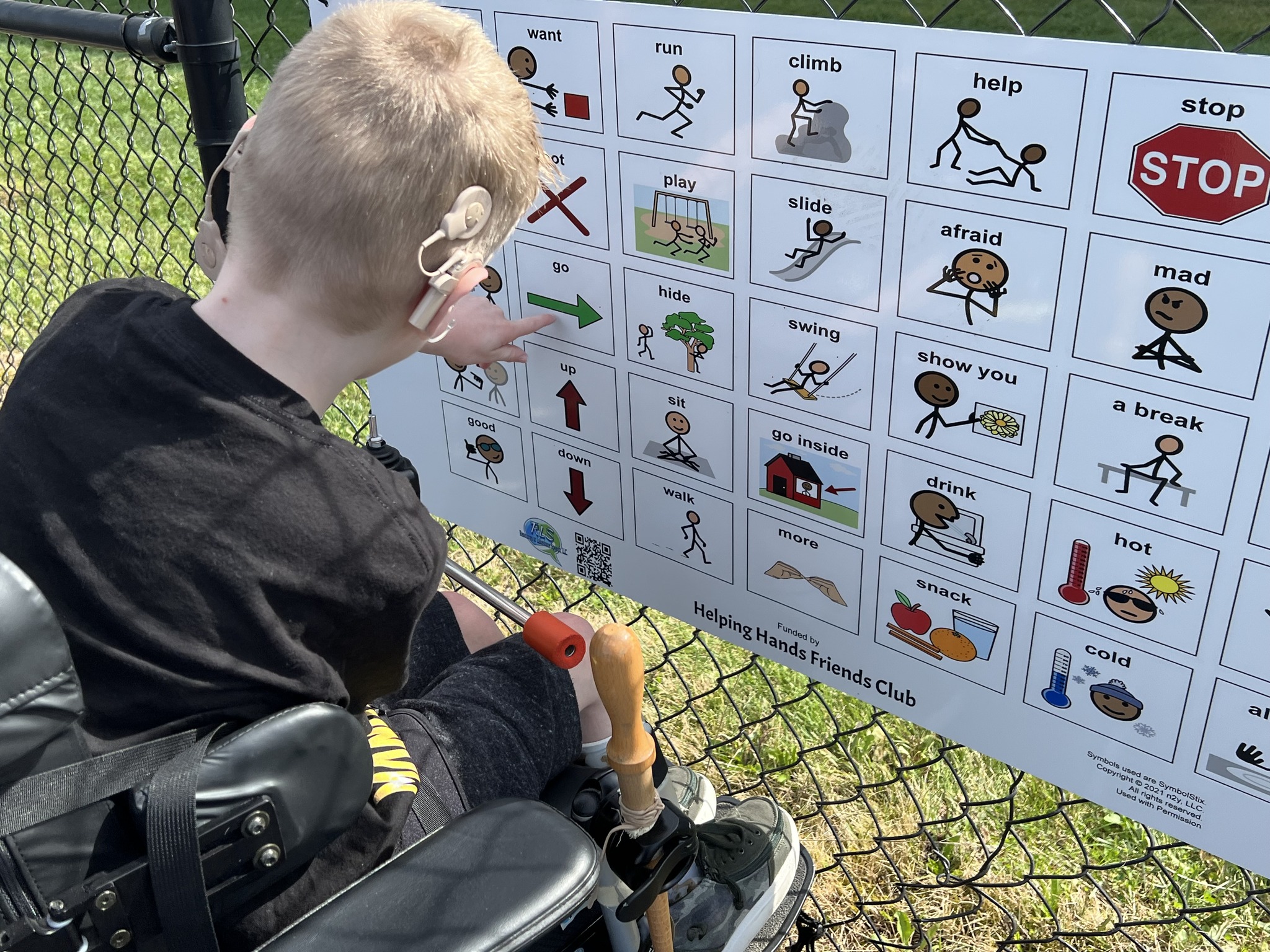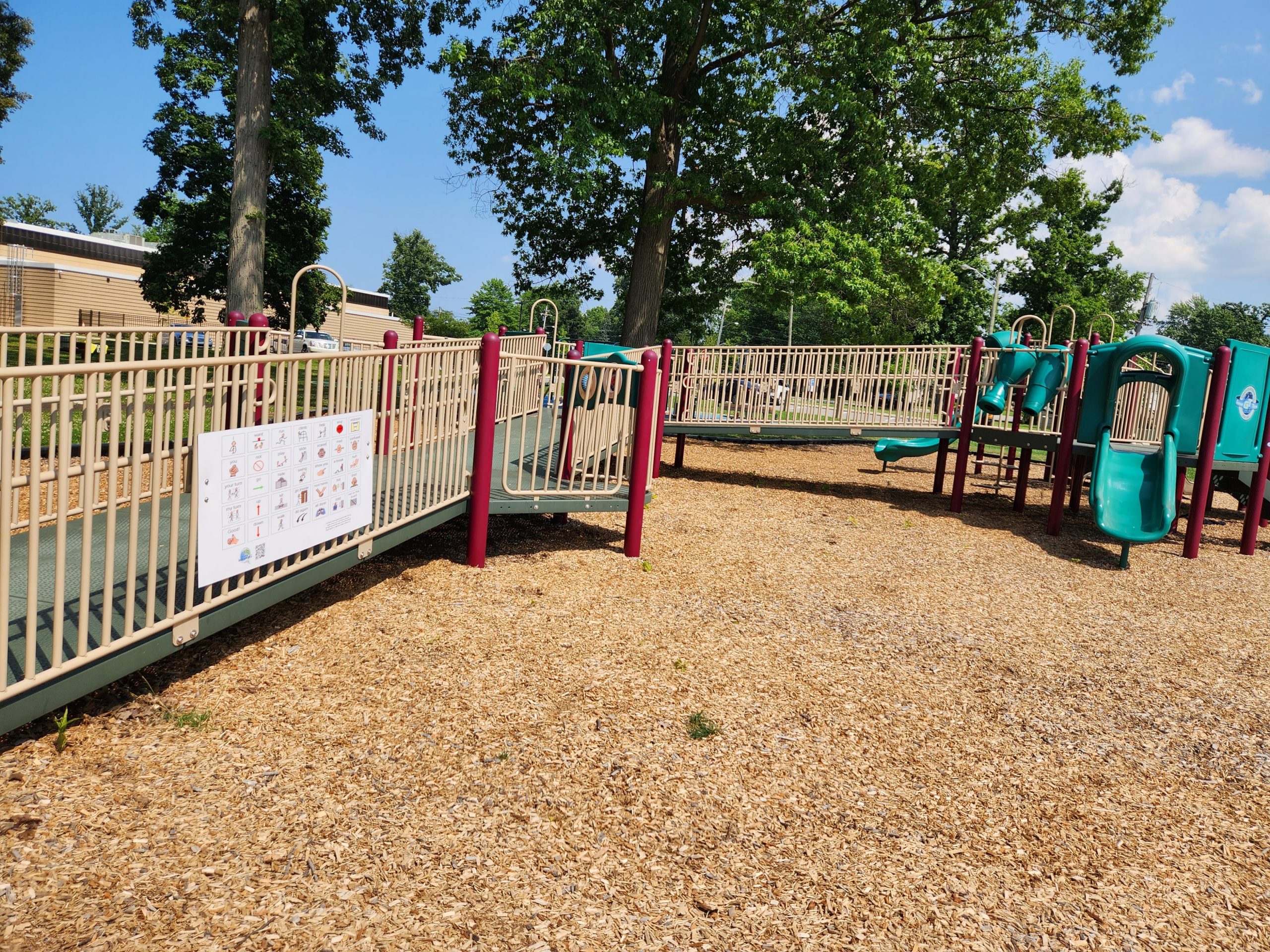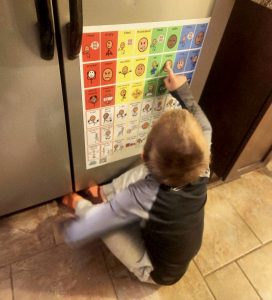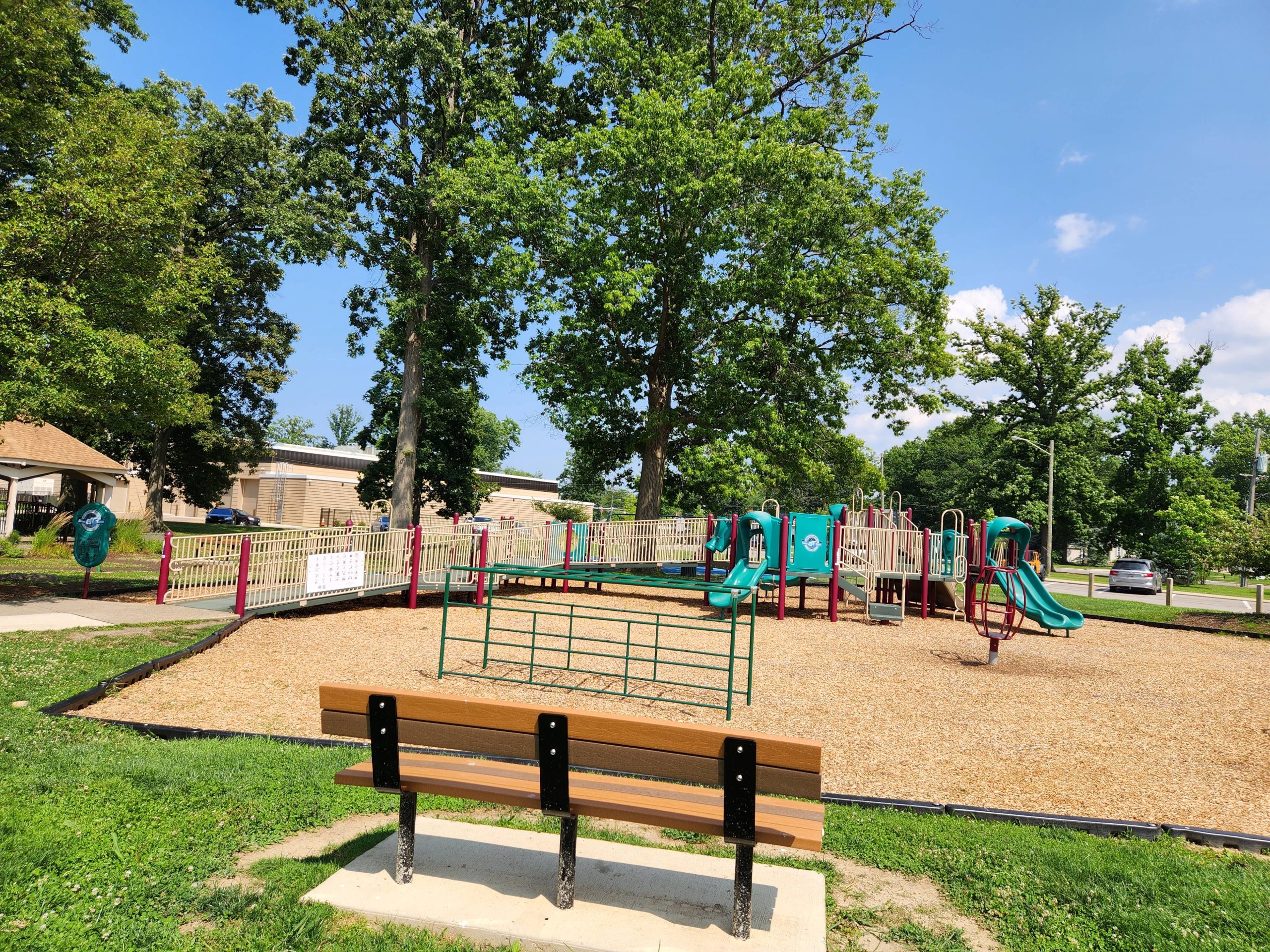Preparing for a new school year can be both exciting and overwhelming. With a bit of planning and some practical tips, we can make this transition smoother and more enjoyable for both you and your child.
Continue readingHow to Create Sentences: A Beginners Guide for AAC
Communication boards are essential tools in augmentative and alternative communication (AAC) used to support individuals with speech and language differences. For those unfamiliar with AAC, creating sentences using core words on a communication board might seem daunting.
Continue readingHow to Communicate When Your Conversation Partner Uses a Communication Board
Effective communication is essential for connecting with others, sharing ideas, and building relationships. For individuals using speech-generated devices (SGDs) or communication boards, interaction can be a bit different.
Continue readingRevealing The Impact Of Communication Boards In Lowell, MA
July marks Parks and Recreation Month, a time to celebrate the vibrant public spaces. We turn our focus on Lowell, Massachusetts, where an innovative approach to inclusivity has made a significant positive impact on the community.
Continue readingHow To Create Genuine Connections:Powerful Impact of Communication Boards
Playground communication boards have emerged as a powerful solution to bridge the gap and facilitate meaningful relationships, especially for individuals with communication challenges.
Continue readingHow To Increase ADA Compliance: Communication Boards
In the realm of ADA compliance for playgrounds, it’s crucial to prioritize communication boards alongside physical accessibility. While physical access is essential, integrating communication boards significantly enhances playground inclusivity for individuals with disabilities.
Continue readingGestalt Language Processing: A Guide for Better Understanding
Gestalt Language Processing (GLP) is talked about a lot recently regarding a child’s language development. Today we are looking at GLP and making more sense of it for families.
Continue readingHow To Help Navigate Emotions: Emotional Balance Communication Boards
How To Practice Speech Therapy Skills : 10 Easy Springtime Activities
Spring is the perfect time to engage in fun and interactive activities that promote speech and language development with your child.
Continue readingHow To Look at Access: Increase Playground Accessibility For Everyone
Access to playgrounds in more than physical. This week’s blog focuses on access for everyone.
Continue reading